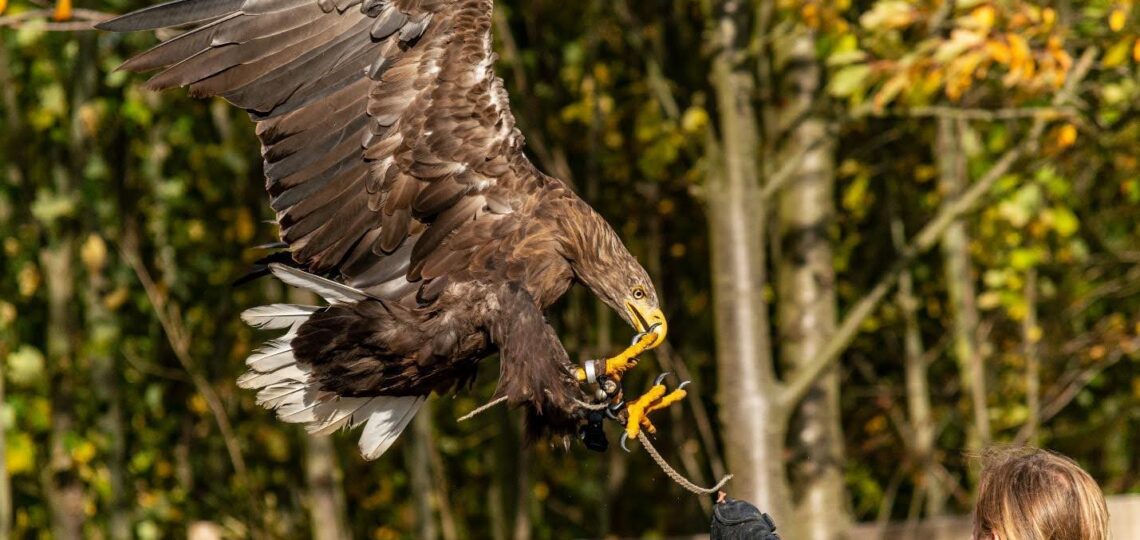
Essential Tools and Gear to Practice Falconry Effectively
Falconry is one of those ancient traditions that has evolved. The bond between a falconer and their bird is built on trust and skill. But without the essential tools, you risk not only your own safety but also the comfort and well-being of the bird.
Whether you’re just starting out or you have been in the field for years, there’s a core set of gear that keeps everything running smoothly. Here are some essential tools and gear to practice falconry effectively.
Gloves
A falconry glove is not just a fancy accessory. It is the barrier between your hand and a bird’s incredibly sharp talons. It is made with thick and durable leather. These gloves allow you to handle your bird confidently without fear of injury.
The glove should be strong enough to handle pressure but still flexible to manage perches, leashes, or other gear. Many falconers also prefer gloves with a D-ring attachment, which makes it easy to secure the jesses or leash directly to your arm.
Hood
The hood helps keep the bird calm by blocking visual stimuli. Raptors are highly alert by nature. The smallest movement or sound can trigger a reaction. When a bird is hooded, it can rest, travel, or wait without getting stressed. A properly fitted hood should be snug, which allows the bird to breathe and blink comfortably. From the traditional hood to the Dutch hood, there are different hood styles.
Jesses
Falconry jesses are thin leather straps attached to the bird’s legs that allow you to maintain control without restricting natural movement. They are basically the link between your bird and you during training or handling. These tiny straps can make all the difference when working with a bird that can soar hundreds of feet in seconds.
There are two main types. Flying jesses are shorter and used when the bird is free-flying, and mews jesses are longer and meant for when the bird is tethered. Falconers often customize their jesses to avoid abrasions.
Anklets
Anklets are the bands that sit around the bird’s legs and hold the jesses in place. These are typically made from soft but durable leather to prevent rubbing or chafing. A poorly made anklet can cause sores.
Many falconers prefer to replace their anklets regularly, as constant exposure to weather and movement can cause wear over time.
Leashes
When your bird is not in flight, a leash is what keeps it secure on a perch or glove. Falconry leashes are usually short, sturdy, and made from leather or braided synthetics.
Leashes are not just for tethering during rest. But they’re also used during training sessions to guide the bird without letting it take off prematurely.
Lure
A lure is a decoy used to simulate prey and train the bird to return. The falconer swings the lure to catch the bird’s attention, rewarding it with food once it lands. Over time, the bird associates the lure with a guaranteed meal, which is essential for recall training.

